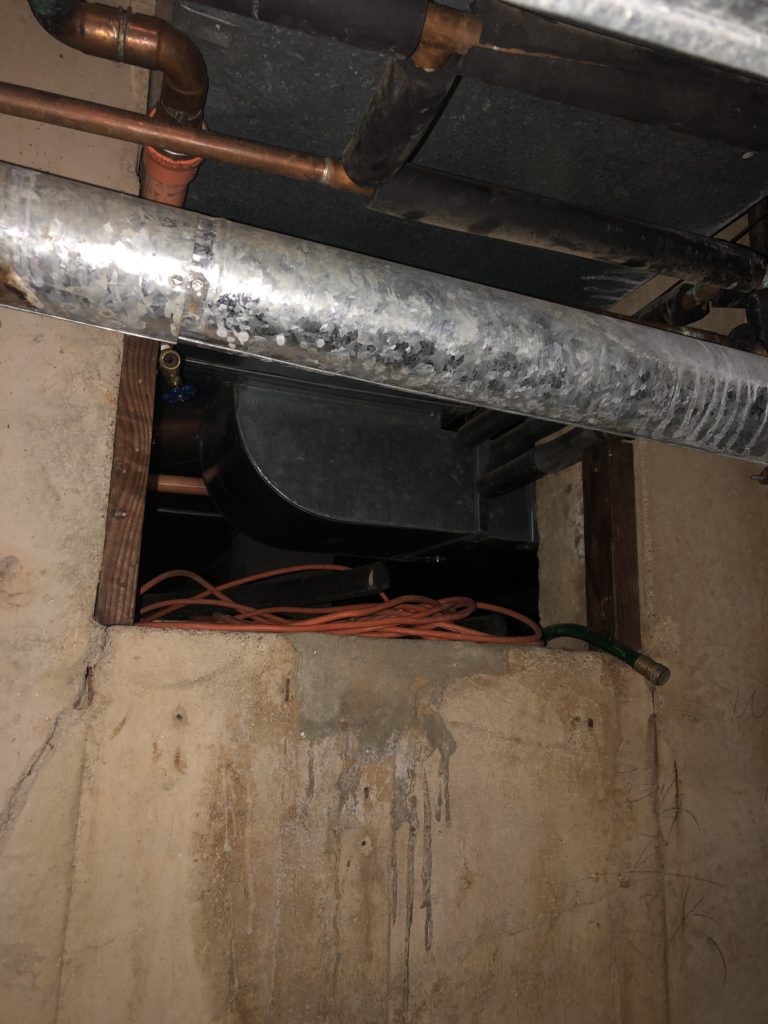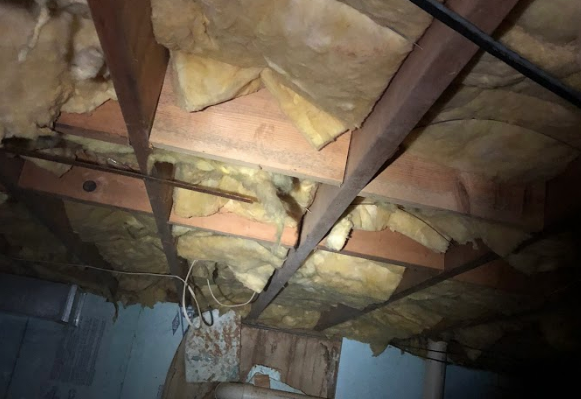Spring has finally arrived here in the northeast and if you’re like me, you have probably already seen that one ambitious neighbor starting their spring clean up or even prepping their mower for the first cut. As you begin to start YOUR spring cleaning, we’d like to encourage you to start from the ground up.
Roughly 27 million homes in the US have crawl spaces and if your home is included in that metric, I’ve got a question for you: When was the last time you checked/inspected your crawl space? If your answer is “It’s been a while.”, don’t feel bad, that’s what we hear from homeowners all the time. Surprisingly, many people have no idea what a crawl space is or why they exist. The main purpose of a crawl space is to allow for air circulation while simultaneously giving easy access to home utilities such as, plumbing, HVAC, electrical, ect. The main purpose is NOT storage.
When asking our customers how often they check on their crawlspace, they typically say once every 2-3 years because let’s face it, life gets busy and crawling up under your house isn’t the most fun activity, especially if you suffer from slight arachnophobia or nyctophobia. (fear of spiders or the dark) Some customers have even admitted to avoiding that chore because they are fearful of finding something they do not want to see, like rodents, insects, or mold.
The purpose of this article is to share some general knowledge about crawl spaces and things to look out for when trying to prevent mold growth in this area of your home.
While INX can’t help with rodents or insects, we know the importance of preventing these pests from entering your crawl space because when they do, they make holes and can allow moisture to enter which can lead to mold. Always keep an eye out for animal activity, or droppings near or in your crawl space because that might just be the factor that opens the door to moisture.
Now let’s say that you finally open up the crawl space hatch and you start looking around and you find some traces of mold or encounter a musty smell, don’t panic! So many remediation companies out there will prey on that fear and we are here to tell you that in 21 years of serving the Pennsylvania, Delaware and New Jersey areas that we have never been beat by a mold issue.
If you find mold in your crawl space, you are dealing with two problems: the mold itself and a moisture problem that is causing the growth. That moisture problem, whether it be a water leak, damaged insulation, or inadequate ventilation will increase the levels of humidity and if you are not going down there but once every 24-36 months, an undetected moisture problem can create the perfect environment for mold growth. As mentioned in our last blog post, if you control the moisture you can easily control the mold.
SIGNS YOU MAY HAVE MOLD IN YOUR CRAWL SPACE
The air in your crawl space flows throughout your home so an issue under your floor can certainly impact the air quality in your main living areas. To catch the problem before crawl space mold gets out of hand, keep an eye on the following:
- Do you feel cool air from your crawl space entering your home through the floor? Or in the summer do you feel warm air coming through?
- Have you noticed any water stains/spots showing up around the baseboards?
- Have you smelled an odd/musty odor coming from your crawlspace?
- During your preliminary inspection did you come across any patches of what looks like dirt, powder, or dust on the floor joists, posts, or subfloors?
- Have you observed any existing insulation is missing or sagging?
- See signs of Pests?

5 WAYS TO PREVENT CRAWL SPACE MOLD
Now that we have discussed some of the signs of crawl space mold, let’s talk about ways you can prevent this mold from growing:
- Make sure Dryers (any any other exhaust fans) are vented to the outside of your house and not into the crawlspace.
- Avoid using your crawl space as a storage location. Contents could be food for mold while simultaneously preventing adequate air flow.
- Each quarter take a quick look for any leaks around HVAC ducts and plumbing components in the crawl space. Additionally, check the foundation walls and make sure there are no cracks where water or moisture can enter.
- Keep an eye on your gutters and downspouts to make sure they are guiding runoff at least 6 feet away from your house. If water is not effectively moved away from your foundation, it can accumulate near the house and eventually find its way inside the crawl space. Water will take the path of least resistance, so be sure that you are not making it easy for your crawl space to flood.
- Install and run a high quality dehumidifier with a pump that is sized correctly for your crawl space. If it does not have a pump it will require manual emptying and that adds just another element to your chore list that you need to remember.
REMEMBER- If you can control the moisture/humidity, you can easily control the mold.
Relative humidity in your crawl space should reach the desired level of 30 to 50%. If humidity gets to 70% or above, it is highly likely that you will have an inviting environment for mold growth.
What to do if I already have a mold problem?
This is easy, Call INX and we will visit your property at no charge to meet with you and see what you are seeing. If you have a visually apparent mold problem, we will provide you with a quote to professionally remediate the mold in your crawl space. If the problem isn’t visually obvious, we may recommend indoor air quality testing as a first step to better understand if there is mold spore in the air and what can be done to improve indoor air quality. Once we are finished with any crawl space remediation project we provide recommendations to the homeowner so they can take necessary action to ensure this problem is fixed permanently.



